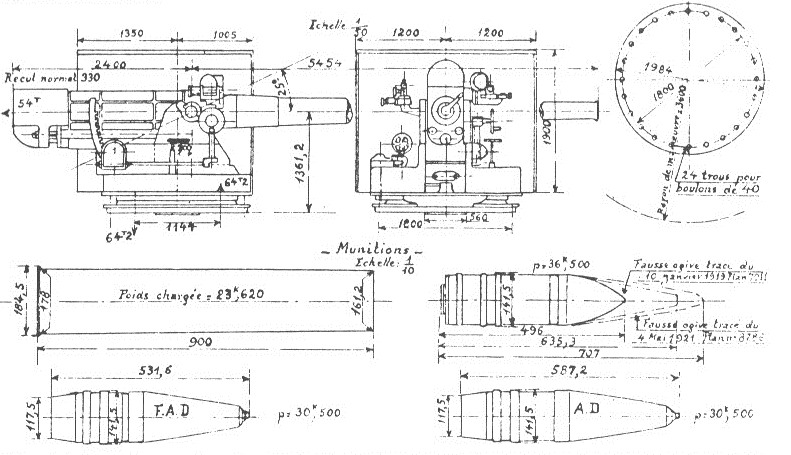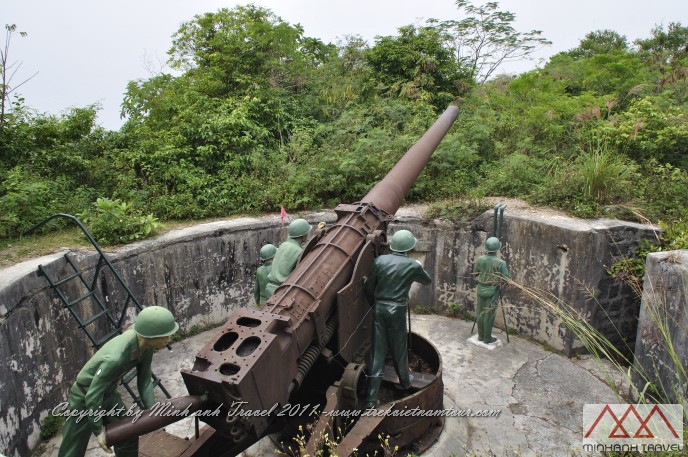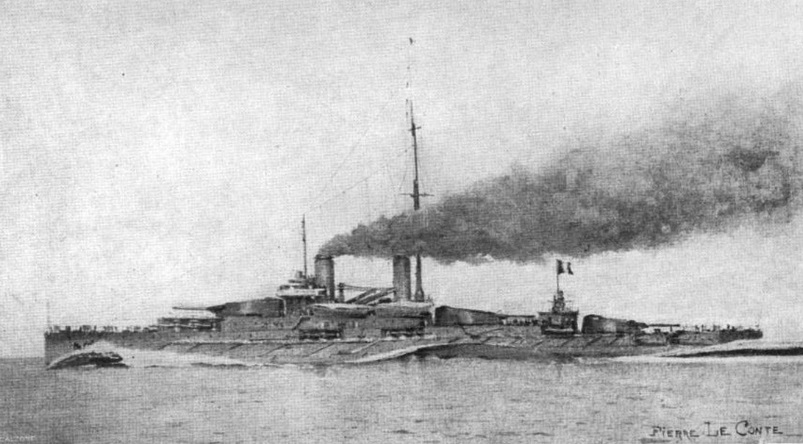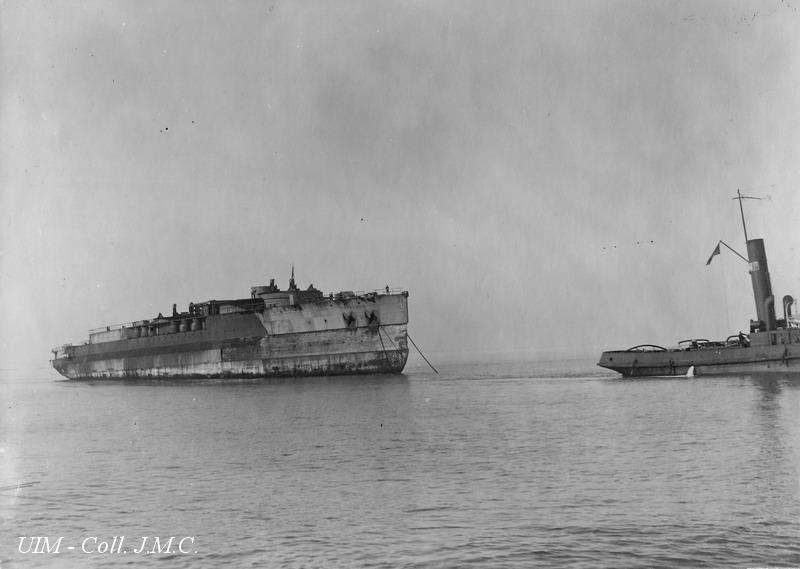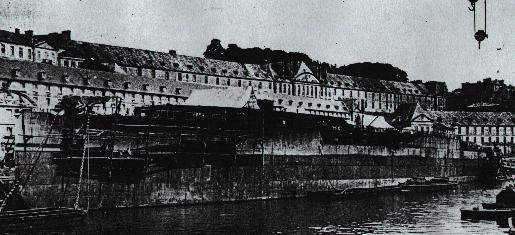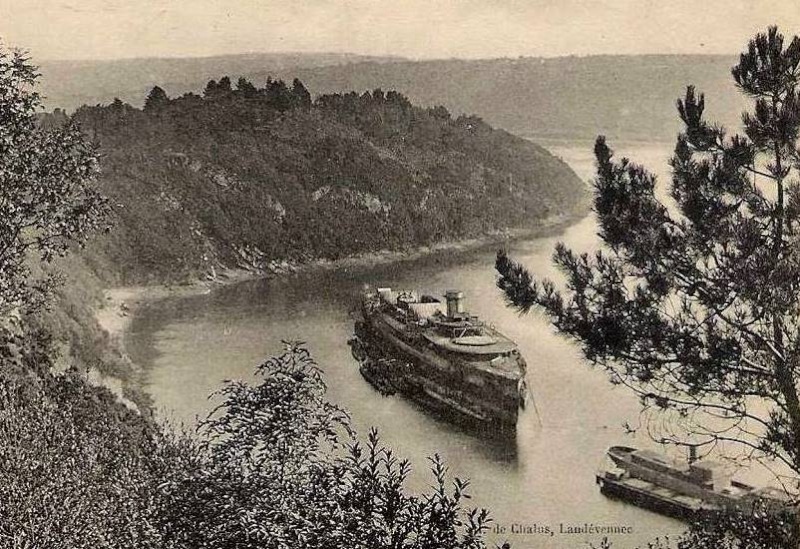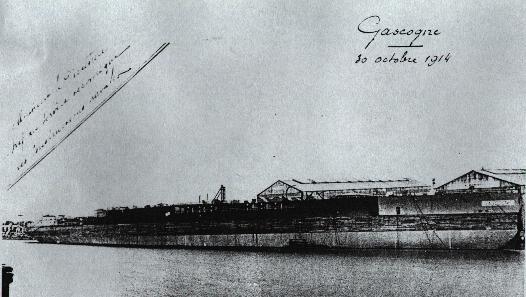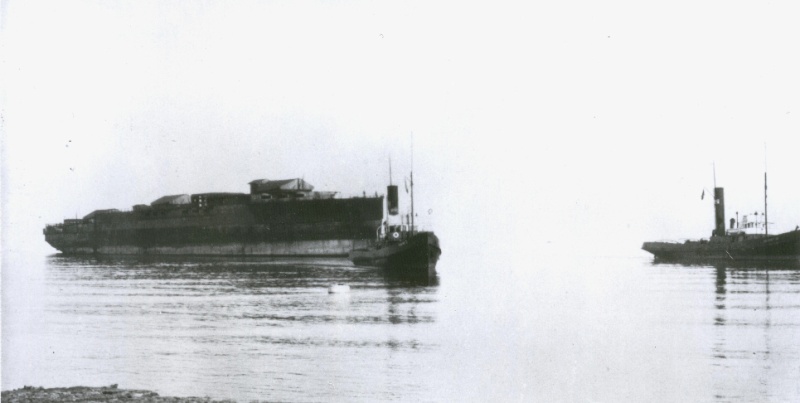- Yes
- No
About the Normandie class and its interest in War Thunder
NOTE : This is a repost of an old suggestion on the previous forum.
Given the recent announcements and the evolution of naval gameplay in War Thunder, a new realm of possibilities has been opened. Among them, the battleships of the Normandie class seem like an interesting addition to the French tech tree. Equipped with quad turrets, they prefigure the future fast battleships of the French navy, and their unique configuration among dreadnought era capital ships, as well as the fact that they were mostly built before their ultimate demise make this class a strong contender as a powerful battleship for the French navy. Although there are operational battleships which should be prioritized over this class (Courbet, Bretagne, Dunkerque), it’s an interesting idea to explore, and giving life to those forgotten warships seem to me like a good way to add uniqueness to the futur French tech tree.
The Normandie class
In 1912, as the creation of the first dreadnought serie, the Courbet class, was pretty much underway, the French parliament voted in favor of a massive modernization program to catch up with the biggest navies of its time, as a big part of the French navy was obsolete. The idea was to bring the number of capital warships of the French navy to 28, through 4 classes : The Courbet class, laid down in 1911 and finished in 1913, the Bretagne class laid down in 1912 and finished in 1915, and the Normandie class and the Lyon class. The international growing tensions in the 1910’s pushed the French government to agree to lay down 4 battleships at once starting 1913, instead of only 2. Among those warships, the first battleships of what would become the Normandie class : Normandie, Flandre, Gascogne, and Languedoc. Béarn would follow soon after, in January 1914.
These warships differed a lot from their predecessors in many ways : The adoption of a quad turret design reduced the weight of the ship, allowing for a better armor and a better propulsion. This allowed the ship to bring its armor up to 300mm, and its speed up to 21 knots. It also allowed for a much shorter construction time, thanks to a simpler hull and overall configuration. And indeed, when the war started, the first 4 ships of the serie were well underway, they had all been launched and the construction of the superstructure had begun. However, as the dire situation on the western front had morphed into attrition warfare, the workforce of the French dockyards were sent to the front, leaving the battleships unfinished. The 340mm canons that were to equip the quad turrets were also converted to field and railway guns on land.
After the war, the construction of the battleships resumed for a short while, before ceasing completely. By 1922, the ships were being brought to a ship graveyard, to be dismantled. Why did this happen ? Well, there are 3 reasons :
- The design, heavily based on the Bretagne class, was judged obsolete, as the speed was considered insufficient, and the hull, too vulnerable to the plague that had become submarine warfare. Indeed, the ship had poor seafaring abilities due to its short length. The reason for that was that the dockyards in which they were built were too small, and a longer hull would have stabilized the overall ship better.
- France, as with most powers participating in WW1, was ruined after the war, and the cost for finishing those ships didn’t help convincing French politicians at the time
- The Washington treaty, final nail in the French coffin, prevented the French navy from regaining part of its lost naval force during the war, and drastically reduced its overall size by pairing it with the much smaller Italian navy.
In any case, the last warship of this class, Béarn, was early enough in its construction stages so that it could be converted into an aircraft carrier. The rest of the ships were sold to scrapyards and dismantled between 1924 and 1926.
General Characteristics :
Tonnage:* 25200 tons (standard)
Length: 170.6m
Beam: 27m
Draught: 8.65m
Propulsion:* 2 x turbines, 2 x triple expansion steam engines (35 000 HP)
Speed : 21 knots (39 km/h)
Crew : 1200 men
Armor :
Main belt : 300mm
Barbettes : 285mm
main deck and under deck : 50mm
turrets : Front : 350mm ; Side & top : 280mm
casemates : 180mm
Armament :
12 x 340mm mle 1912 canons (3 x 4)
24 x 138.6mm mle 1910 canons (casemates)
6 x 47mm hotchkiss mle 1885 canons
6 x 450mm torpedo tube launchers (2 x 3)
About the 340mm mle 1912 canons :
Spoiler
Informations regarding this gun can be found here :
France 34 cm/45 (13.4") Model 1912 and Model 1912M - NavWeaps
About the 138mm mle 1910 canons
Spoiler
Informations regarding this gun can be found here :
France 138.6 mm/55 (5.46") Model 1910 - NavWeaps
About the 450mm torpedo mle. 1912D :
Spoiler
An evolution of the old French 450mm torpedo. Characteristics :
weight : 1012 kg.
Speed : 28 knots
Range : 8000m
PHOTOS :
Schematics :
Artist vision of the complete warship :
Photos of the unfinished ships :
Spoiler
Photos of the Normandie :
Photos of the Flandre :
Photo of the Gascogne :
Photo of the Languedoc :
Sources :
Spoiler
The Normandie class battleships with quadruple turrets – Battleships & Knights
DES LIMBES DE L'HISTOIRE (1) LES CUIRASSES
Les cuirassés inachevés du type Normandie.
La France et le cuirassé (3) | La Cordelière
The Project Gutenberg eBook of L'Illustration, No. 3652, 22 Février 1913 by Various
Category:Normandie class battleship - Wikimedia Commons
http://alternathistory.com/nesostoyavshiesya-sverhdrednouty-frantsuzskie-linkory-tipa-normandiya/
Weapons :
France 138.6 mm/55 (5.46") Model 1910 - NavWeaps
France 34 cm/45 (13.4") Model 1912 and Model 1912M - NavWeaps


